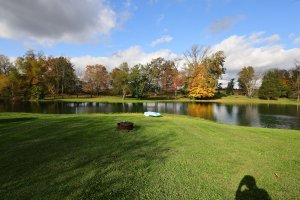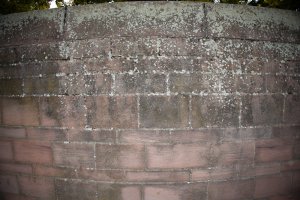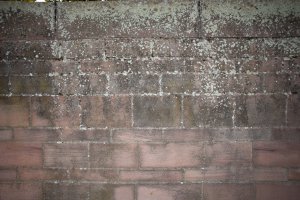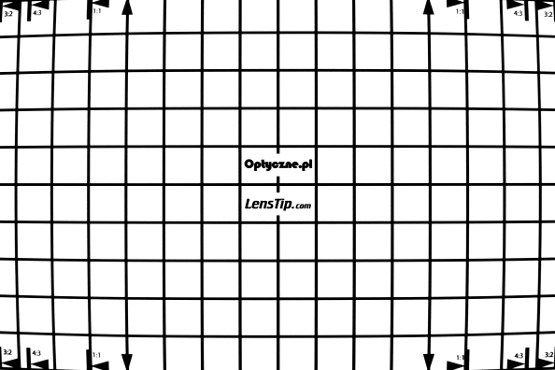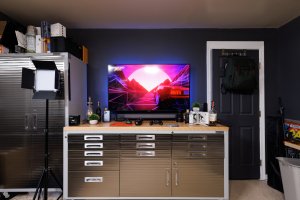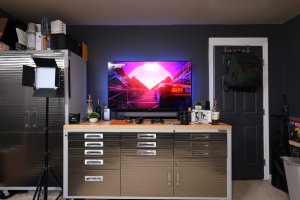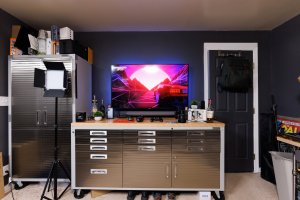Wow, we probably have never seen such amazing analysis and page long essays regarding the auto-correction of a lens!
Thank goodness, as a photographer, all I care about is the final image. If the Digital Picture's Image comparison tool is reasonably accurate, and the corners are indeed considerably better than the EF 17-40L and not too much worse than the EF 16-35L, then that is good enough for me.
Just curious, but to all those that are despairing about the auto-correction, do you not do any distortion correction in post-processing? Keystone or perspective corrections? Do you ever use the new image enlarging programs (such as GigaPixel) or comands in Photoshop or any other software? Those enlargement programs or commands create a great deal of new pixels, does that mean you won't use them? Or does doing the same thing the camera does on your computer make you forget all about your concerns?
As far as I know all lenses use distortion correction, that's not the issue. What is catching peoples attention here is the crazy amount of distortion of this lens that is only possible because it's being used on a mirrorless system, which can hide it because it does on-the-fly image correction when looking through the EVF and makes the same corrections in camera when shooting JPEG images. This level of distortion would never be seen on a DSLR with an OVF, as it would produce a severely warped image viewing through the lens.
The are three main problems:
- The lens has heavy vignetting, the corners of the uncorrected image are pure black, so no amount of shadow recovery will bring those details back. As such, they need to be cropped away, which by most estimates is thought to remove around 30% of the pixels! Rather than create a smaller cropped image, the software then upscales the image digitally back to full size, so 1/3 of the pixels are just made up. This is like digital zoom on a smartphone and on point-and-shoot cameras.
- The uncorrected image is extremely warped, that it requires extreme correction, so in some places, pixels need to be squeezed closer together (are multiple pixels averages and then thrown out?), and in other places, like the corners, they need to be stretched further apart to create a rectilinear shape. Pixels don't stretch, so the spaces need to be filled in with extra pixels of fake computer-generated data, which the computer can't possibly predict, so it uses a formula to guess what they might be from surrounding pixels, so the detail in the corners will look soft and mushy.
- When the cropped image with fake pixels in the corners is upscaled, it is filled with computer generated pixels right through the image. The corners which are already degraded and soft from being filled with fake data pixels are then also digitally enlarged and filled a second time with more fake data, degrading them even further.
Simply put, the reason why photographers are advised not to go too heavy handed with post-processing is because image quality can start to fall apart, and detail can be lost. To produce usable images, two post-processing operations need to be performed at an extreme level with this lens just to get a usable image that we can start working on.
Earlier in this thread, I compared the Rf 16mm to the equivalent APSC lens, the EF-S 10-18mm, and this old crop sensor lens has very little distortion by comparison, as shown here:
Here's the lens distortion of the RF 16mm f/2.8 for the Christopher Frost video:
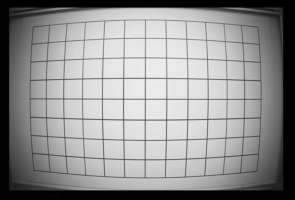
One important point that everyone has probably missed here is that test charts shot in RAW don't have any post processing applied to them other than lens corrections. Real images will have additional post-processing applied, sometimes a bit, sometimes quite a lot, and when they're applied over really extreme previous post-processing changes, the images simply don't hold up.
Comparing test charts and using image test tools like I've posted in this thread don't give an objective and accurate picture of how the software corrections affect real world images. It would be interesting to see a comparison of two identical landscape images, one taken on the RF 16mm f/2.8, and one on another 16mm (that doesn't use the radical software corrections), both taken through the complete workflow to produce the final photo, to see how the end result looks!

